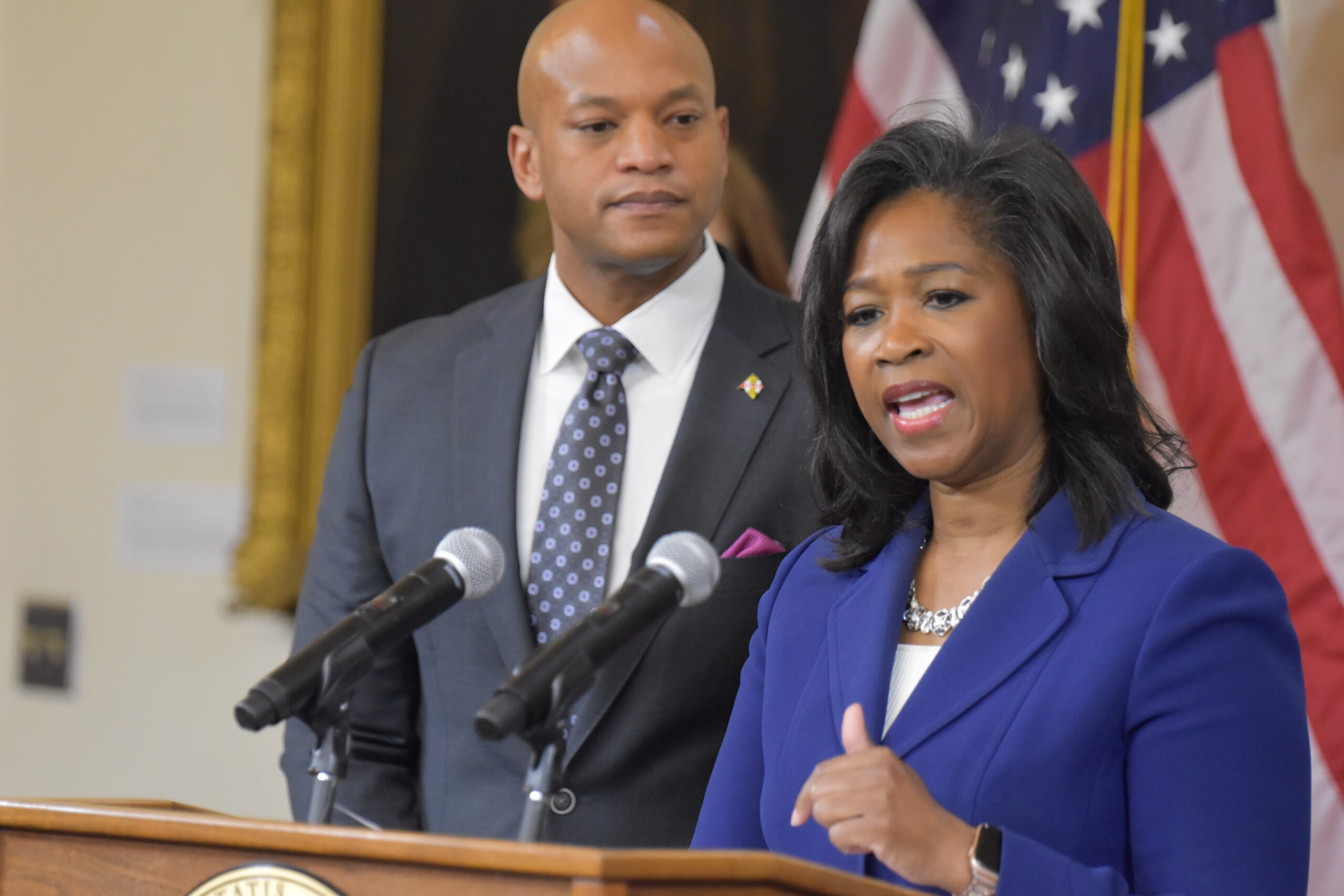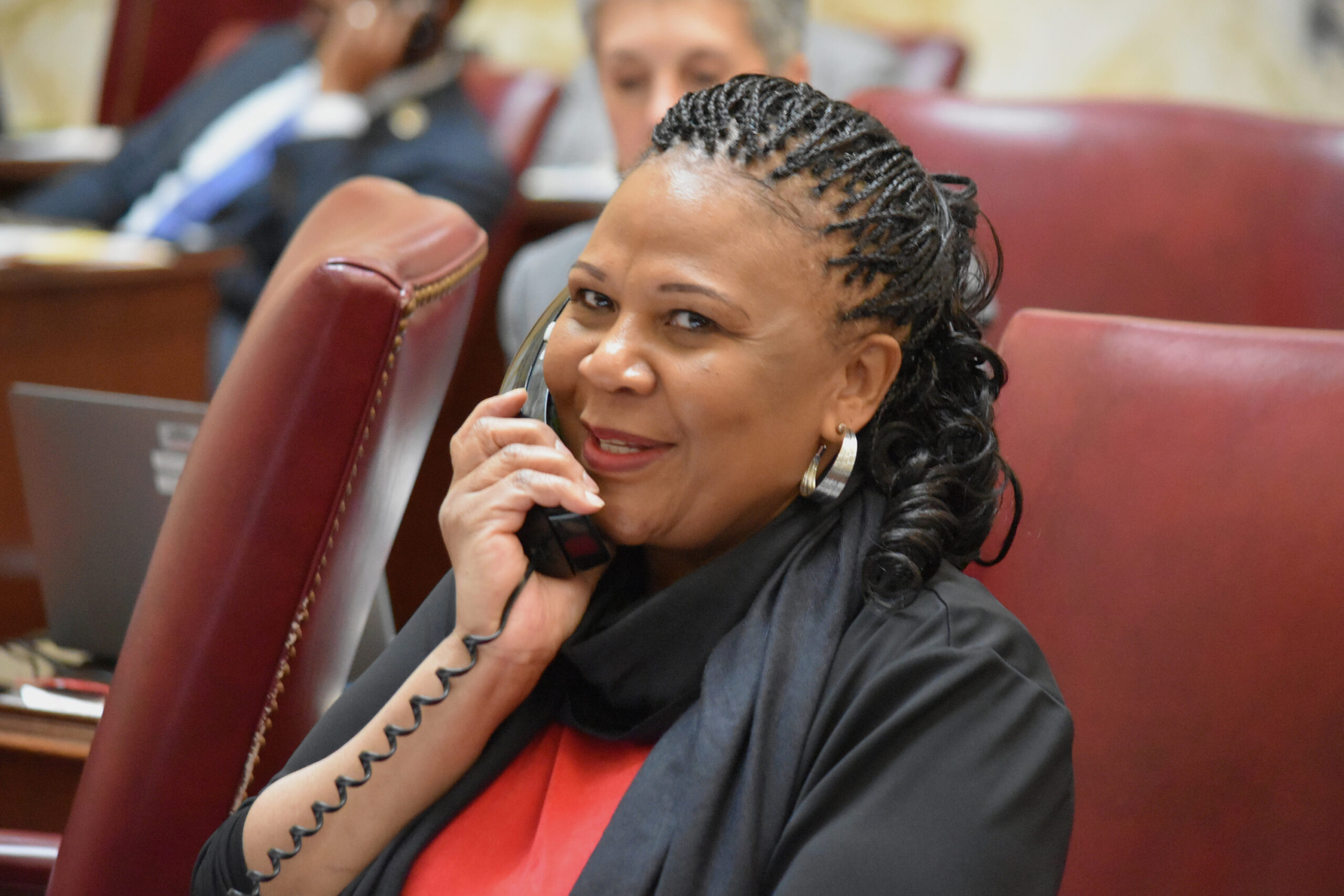Running for Public Office in Maryland Is Expensive
Common Cause Maryland released data recently that revealed how expensive it can be to run for public office in Maryland.
According to the report, state senators raised an average of $290,070 for their winning 2014 campaigns between 2011-2014, while delegates received an average of $79,878 in contributions.
Common Cause Maryland works to make sure that the government is operating in a transparent and open manner and is listening to its citizens.
Executive Director Jennifer Bevan-Dangel said the government watchdog organization was motivated to look at this data because the numbers analysts were previously using to talk about money in Maryland politics were from the early 2000’s and outdated.
“This isn’t a complete picture of the election, it’s a very quick snapshot, we just looked at what the winning candidates raised for their campaigns,” Bevan-Dangel said.
One of the most notable pieces of data was the cost of state Senate races. The data from the early 2000’s had an average Senate race costing about $90,000; today the average is in the range of $290,000. The average for House races, according to Bevan-Dangel, didn’t change much. They went from about $70,000 a race to about $80,000.
“We thought those [Senate races] might have gone to $150,000 and we were very surprised that they went up as high as they did,” Bevan-Dangel said. “We thought that geography would be much more telling. Geography didn’t make as much of a difference as the nature of the feat and the nature of the candidate.”
State Sen. Paul Pinsky (D), who has long pushed for campaign finance reform, says geography and how candidates wage their campaign are two important factors that cannot be ignored. Pinsky has been a state senator for the past 23 years, and before that spent eight years as a state delegate, so he has run over a dozen campaigns
“When I first ran I used a lot of volunteers,” Pinsky said. “I had people sticking labels on, I tried to cut costs. Most of my money was raised from small donors, less than 50 or 100 bucks. I did a lot of door knocking and I had a lot of supporters doing door knocking.”
Pinsky said incumbents usually have significant advantages because of their records and their ability to raise money.
“The longer you’re there the more responsibility you have, whether you’re chairman or vice chairman or have another title. It’s a little easier to raise money and you also have a track record of issues you either support or oppose that might attract donors who like how you vote,” he said. “I think there are some of my colleagues who are able to raise lots of money, even a couple hundred thousand bucks. Does that dissuade other people from challenging them? It might.”
One of the residual effects of the higher cost of waging campaigns is what kind of candidates end up running. Ambitious financial demands can force out strong contenders.
“The big fear we have is that good candidates will just be elbowed out of our campaigns and not even consider running for office as they look at the price tag and say, ‘You know, I can’t possibly raise that kind of money’ or ‘I can’t self-fund’ or ‘I can’t tap into those major donor networks that existing candidates can tap into,’” Bevan-Dangel said. “So it really limits the pool and it does give special interests that much more influence because they can play the game where an everyday person can’t make that kind of donation.”
When asked why she thought there was such an increase, especially in state Senate races, she said that the biggest change during since Common Cause Maryland last studied campaign donations was the 2010 Citizens United case, in which the Supreme Court essentially OK’d unlimited political spending.
“The Citizens United case will have made a big change in outside spending because that really opened the doors for independent expenditures and some of these [political action committee] accounts,” Bevan-Dangel argued.
Pinsky has been working for years both at the state and county levels to pass legislation for public financing.
“I believe there ought to be a level playing field,” he said.
The next time Common Cause Maryland plans to gather data will be after the 2018 elections, likely to be released during the summer of 2019.
From that data the organization will be looking to see the impacts of a more recent Supreme Court case, McCutcheon v FEC.
“McCutcheon came out in May 2014, so we didn’t get to see you know the real impact, it was only a month until the primary that year,” Bevan-Dangel said.
The case said that the state could not have an aggregate donation limit.
“You used to only be able to give $10,000 [to candidates overall in Maryland] and you’re done, and it’s our concern that now we don’t have that aggregate limit we’re going to see a lot of the down-ballot races that are significantly more expensive,” Bevan-Dangel said. “So that’s really what we’re kind of watching for having done this research now and doing it again after the election next year.”




 Creative Commons Attribution
Creative Commons Attribution